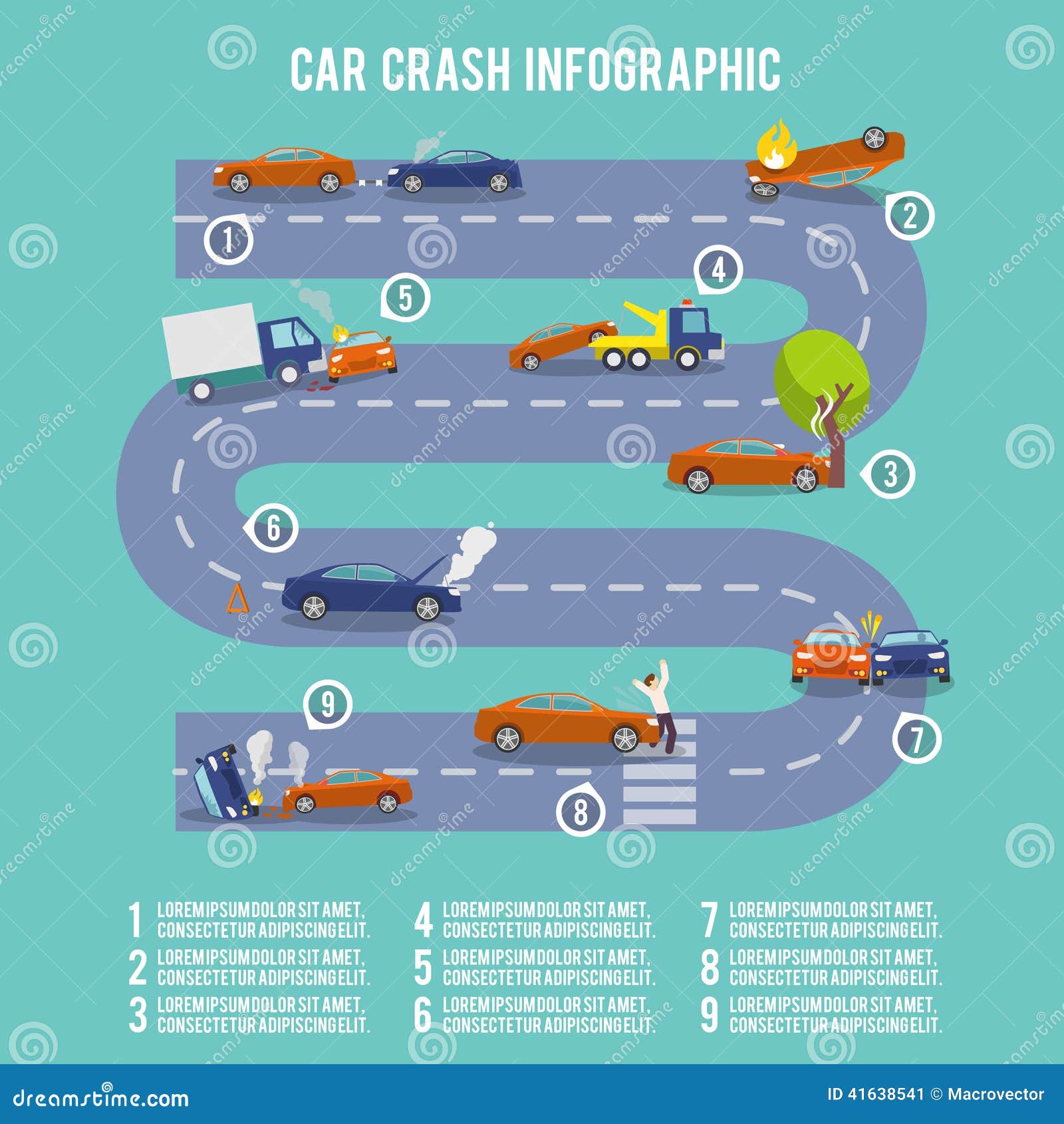Translating Your Automobile'S Alert Lighting: Their Real Implications
Translating Your Automobile'S Alert Lighting: Their Real Implications
Blog Article
Content By-Higgins Forbes
When you lag the wheel, those beautiful warning lights on your control panel can be a bit perplexing. Do you understand what they're attempting to tell you regarding your car's wellness? Recognizing the value of these lights is essential for your safety and the durability of your automobile. So, the next time among those lights pops up, wouldn't you want to analyze its message accurately and take the essential steps to resolve it?
Common Warning Lighting and Interpretations
Identify common warning lights in your automobile and comprehend their significances to guarantee risk-free driving.
The most normal caution lights consist of the check engine light, which signals problems with the engine or emissions system. If this light begins, it's important to have your car checked without delay.
The oil stress alerting light suggests reduced oil stress, needing prompt focus to stop engine damages.
A blinking battery light might recommend a malfunctioning billing system, possibly leaving you stranded otherwise dealt with.
The tire stress tracking system (TPMS) light alerts you to low tire stress, impacting lorry stability and fuel efficiency. Ignoring this could bring about risky driving problems.
The abdominal light shows a problem with the anti-lock braking system, endangering your capacity to stop quickly in emergencies.
Last but not least, the coolant temperature level advising light warns of engine overheating, which can lead to serious damage otherwise fixed swiftly.
Comprehending these common caution lights will certainly aid you deal with concerns without delay and maintain secure driving conditions.
Significance of Prompt Interest
Understanding the common warning lights in your automobile is just the initial step; the significance of immediately resolving these cautions can not be emphasized enough to ensure your safety when traveling.
When a warning light illuminates on your control panel, it's your cars and truck's method of communicating a possible issue that needs attention. Ignoring these cautions can cause a lot more serious troubles down the road, jeopardizing your security and potentially costing you extra in repairs.
Prompt focus to advising lights can protect against break downs and accidents. As https://trentonkgbvq.newsbloger.com/32692588/incredibly-practical-mobile-car-describing-solutions-not-only-conserve-you-time-and-money-however-additionally-boost-your-car-s-longevity-discover-exactly-how-they-can-change-your-regular , a blinking check engine light might show a misfire that, if left unattended, could trigger damage to the catalytic converter. Resolving this immediately can save you from a costly fixing.
In a similar way, a brake system advising light could signify low brake fluid or worn brake pads, crucial elements for your safety when driving.
Do It Yourself Troubleshooting Tips
If you see a caution light on your control panel, there are a few do it yourself repairing pointers you can attempt prior to seeking expert aid.
The primary step is to consult your car's manual to comprehend what the specific caution light shows. Often the concern can be as straightforward as a loosened gas cap causing the check engine light. Tightening look at this now may settle the trouble.
One more typical issue is a low battery, which can activate various alerting lights. Examining the battery connections for rust and guaranteeing they're safe and secure might repair the trouble.
If a caution light persists, you can try resetting it by disconnecting the auto's battery for a couple of minutes and after that reconnecting it. Furthermore, checking your car's fluid degrees, such as oil, coolant, and brake fluid, can assist troubleshoot alerting lights related to these systems.
Final thought
In conclusion, comprehending your car's caution lights is essential for keeping your automobile running efficiently and safely. By without delay addressing these alerts and recognizing what they mean, you can stay clear of costly fixings and potential malfunctions.
Remember to consult your vehicle's manual for particular details on each cautioning light and take action accordingly to make certain a hassle-free driving experience.
Stay informed, stay risk-free when driving!
